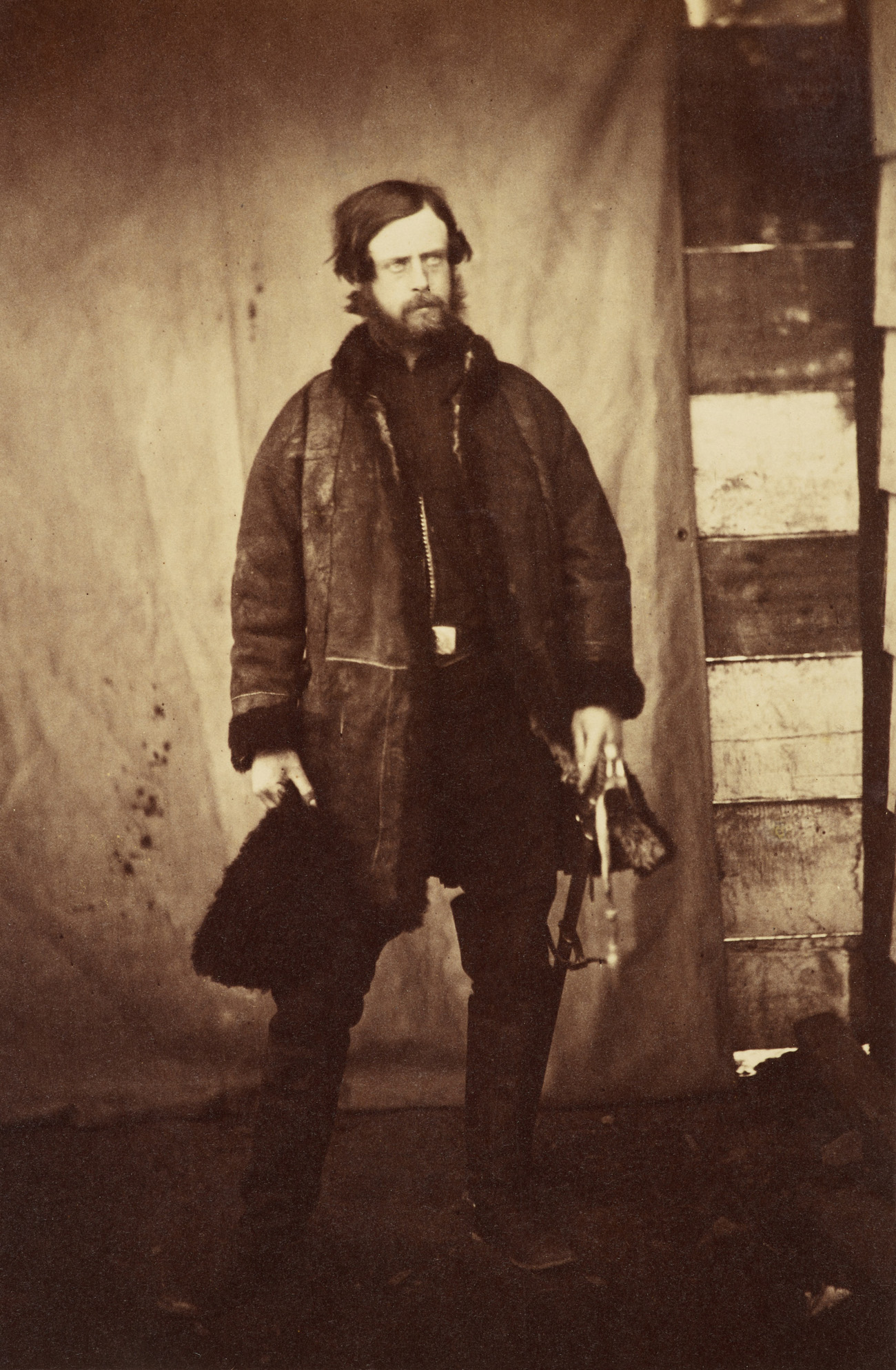The Katz International Photography Award (KIPA) is an independent and privately funded non-profit initiative. It was conceived and created in 2018 by Ms. Atalia Katz representing the Katz Family (Israel) whose many of its members engage in creative activity.
Ms. Katz is an active and prolific photographer. Most of her work focuses on social and humanistic causes. Her social involvement inspired her to envision the creation of the KIPA award. She is motivated by her commitment to the medium of photography and the recognition that images are the most effective means of conveying strong and convincing messages that would cultivate a better understanding of our societies towards improving the condition of humankind.
The mission and objective of the Katz International Photography Award (KIPA) is to support creative photography and encourage photographers in the advancement of their career. The award is intended for artists in the field of creative photography who demonstrate professional accomplishment and serious artistic commitment and seeks to stimulate creative inquiry and to encourage innovative modes of thinking and imaging.
As an international commitment KIPA is open to promising photographers or artists using photography, regardless of nationality, religion or gender. A jury of five internationally recognized experts in the fields of art and photography will evaluate the submissions and elect the winner.
The winner will be awarded a prize of $ 10,000 either for a completed project or preferably towards the completion of an ongoing endeavor. The prize can be used towards financing expenses that will help in the completion of the project or towards an exhibition or a publication. In addition, the winner will beneficiate from curatorial advice and assistance for a period of twelve months by Dr. Nissan N. Perez. The second runner-up will receive curatorial advice for six months and the third will one for three months.
The Award is administered by Ms. Atalia Katz, founder and permanent president, Dr. Nissan N. Perez, and in collaboration with PHOTO IS:RAEL (The International Photography Festival). For additional information, details, timeline and applications please visit the award’s website at: www.katzphotoaward.org

